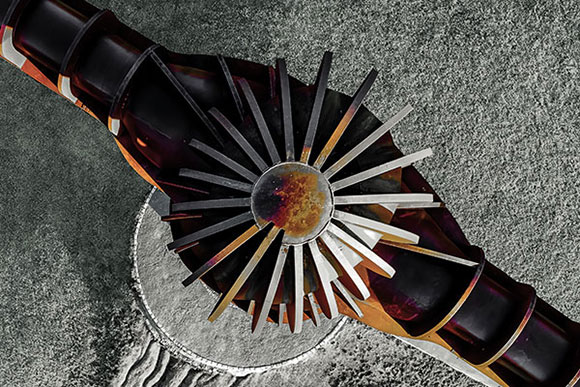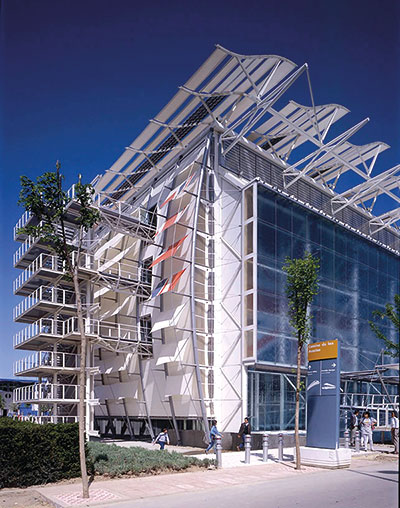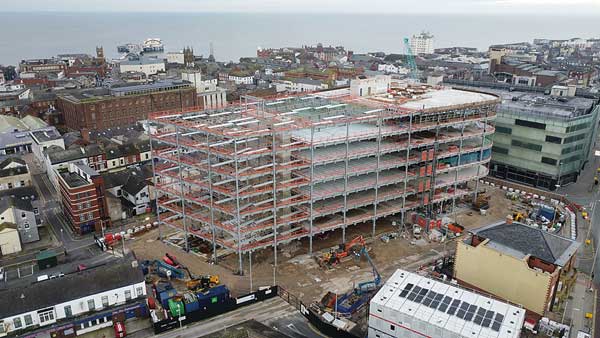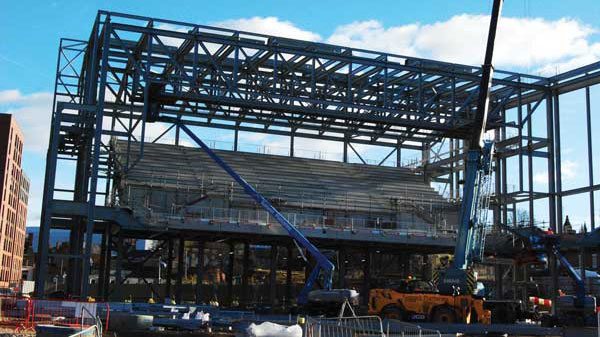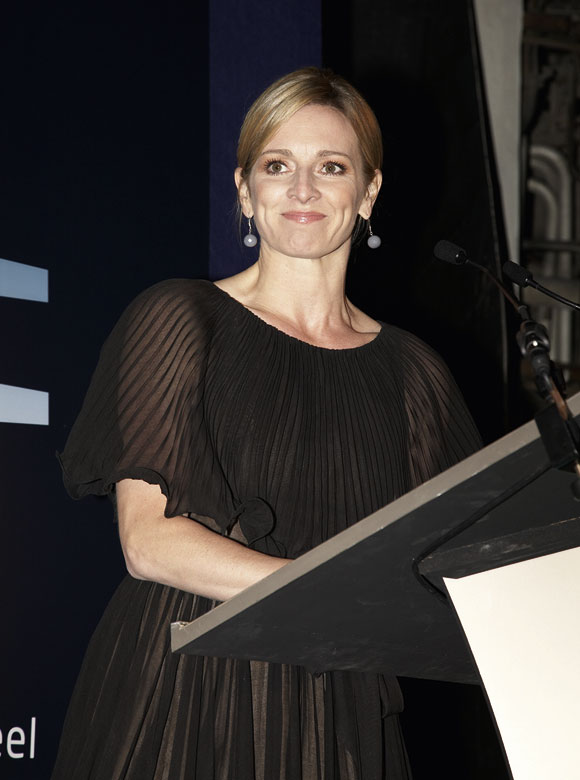SSDA Awards
SSDA celebrates 50 years
Having started in 1969, the Structural Steel Design Awards are this year celebrating their 50th anniversary. In the third of a series of articles, NSC looks back at the 1990s.
Since the Structural Steel Design Awards (SSDA) were initiated in 1969 by the British Constructional Steelwork Association (BCSA) and the British Steel Corporation there have been many changes in the construction and the steel sectors, but one constant asset is the way that steel not only confers efficiency and economy but also has an aesthetic which designers are able to exploit to the benefit of the built environment.
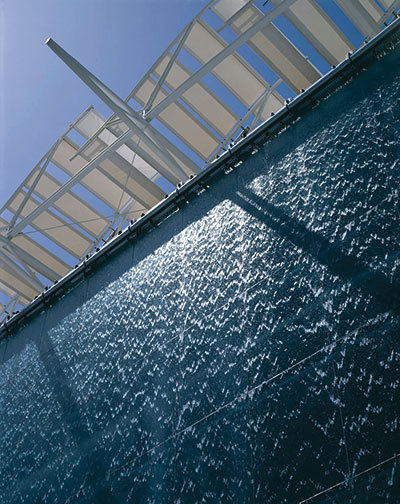
The Pavilion was prefabricated in large elements before being transported to Spain
(Richard Bryant/Arcaid)
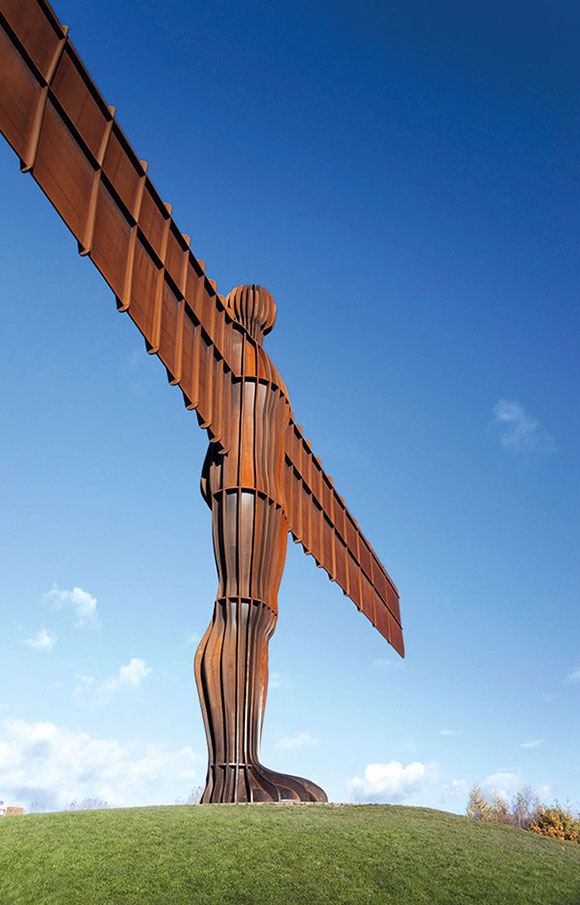
The Angel of the North has become one of the country’s most recognisable landmarks
(Electric Egg/Shutterstock)
The qualities of engineering excellence, innovation, attention to detail, economy and speed of construction have been brought together in each of the structures that have been given awards during the past 49 years.
Following on from last month’s look back at the 1980s, in this issue we highlight the 1990s. Two examples of this decade’s Award winners are the UK Pavilion, Expo ’92, Seville, Spain (a winner in 1993) and The Angel of the North (a 1998 winner).
Built for the then Department of Trade & Industry, the UK’s Pavilion for Expo ’92 was a first-class exhibition space that became the principal exhibit for Britain’s participation at the international event.
Structural steelwork was chosen to allow the structure to be accurately manufactured in the UK in large pre-fabricated elements, transported hundreds of miles and be assembled as quickly as possible.
The Pavilion consisted of an outer envelope 65m-long × 38m-wide and 25m-high, enclosing three similar ‘pods’ which provided the exhibition space. The main east wall of the pavilion was fully glazed with water pouring down the outside, while stacked water-filled steel containers on the west face gave protection from the sun.
The internal pods were erected first and each provided two decks 14m x 20m in plan. They were formed by concrete slabs with composite steel decking supported on the bottom flanges of universal beams.
The external envelope consisted of ten identical tubular steel frames, each comprising two vertical wall trusses 21.7m-high supporting a roof truss with a 32m clear span.
Each frame acted as a pair of vertical cantilevers linked by a roof member. Transverse forces on the envelope, including those from the internal pods, were therefore resisted by bending in the wall trusses.
Constructed by main contractor Trafalgar House Construction, the SSDA judges said this magnificent Pavilion integrates successfully the very best of British engineering and architectural innovation.
The Angel of the North is one of the most viewed pieces of art in the world, seen daily by drivers on the A1 and train passengers on the East Coast Main Line. Sitting on a hill just south of Gateshead, the weathering steel statue is 20m-high × 54m-wide and is one of the largest sculptures in the UK.
Designed by Turner Prize-winning sculptor Antony Gormley, the sculpture was designed as ‘a material image of a spiritual subject’ and was created by using techniques from heavy industry and shipbuilding, two sectors the North East formerly excelled in.
Aeronautics and anatomy are combined in an exoskeleton of ribs and diaphragms and an inner body made of plate. The vertical ribs on the body and the horizontal ribs on the wings are the main structural elements carrying bending moments, due to a wind loading of up to 125mph.
Acting as both main contractor and steelwork contractor, Hartlepool Steel Fabrications formed the internal structure skin from conical and flat sections, while the external skin was formed from 6mm thick plate.
The wings were fabricated in four sections, then each pair of these was joined by a single central section. The body involved over 2,000 pieces of welded internal horizontal rib over which the cosmetic skin was fitted.
The three pieces of the Angel (body and two wings) travelled overnight to the site and were then lifted into place before the permanent welded connection and infill skin panels were added.
A full list and description of all Award winners can be found at: https://www.steelconstruction.info/SSDA_2018_%E2%80%93_50th_Anniversary_Year
The 2018 Awards, which are jointly sponsored by the BCSA and Trimble Solutions (UK) Ltd, will be announced in early October.







